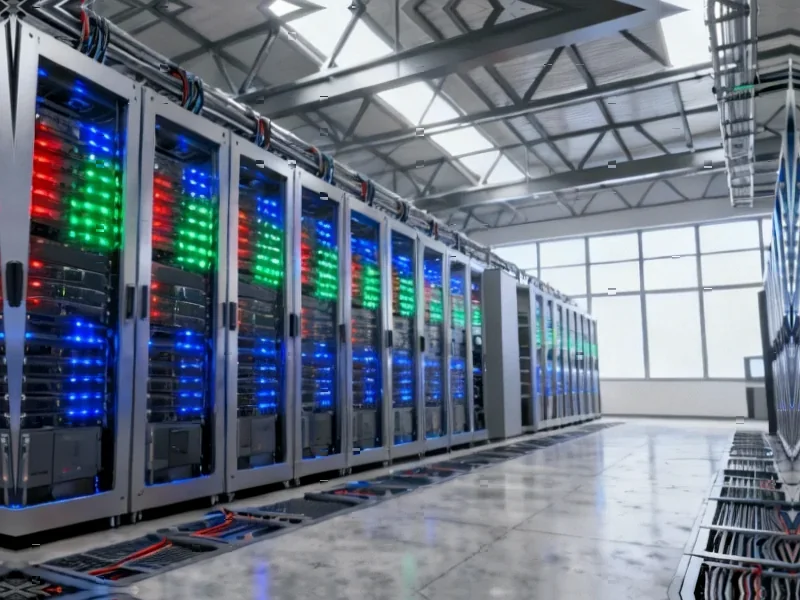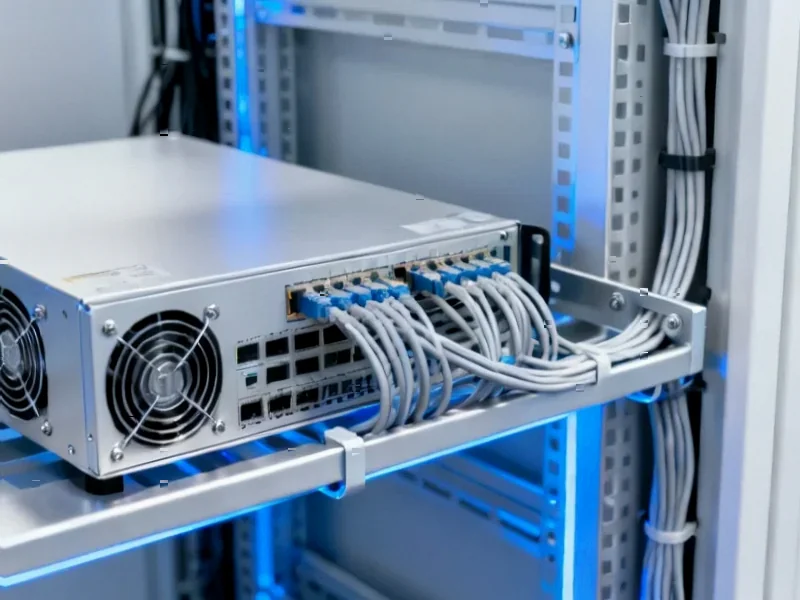According to TechCrunch, Meta signed three deals this week to procure nearly 1 gigawatt of solar power as it races to power its AI ambitions. The agreements include a 600-megawatt purchase from a massive solar farm near Lubbock, Texas, plus two Louisiana deals totaling 385 megawatts of electricity environmental attributes. All projects are expected to be completed in 2027, bringing Meta’s total solar purchases this year to over 3 gigawatts of capacity. The Texas power plant will feed into the local grid to offset Meta’s facility usage, while the Louisiana deals involve purchasing certificates that allow the company to offset carbon-intensive power sources. This massive energy procurement highlights the escalating power demands of artificial intelligence infrastructure.
Table of Contents
The AI Energy Crisis Nobody Predicted
What makes Meta’s power shopping spree particularly alarming is the sheer scale of energy required for modern AI systems. While data centers have always been energy-intensive, the computational demands of training and running large language models represent an exponential leap. A single AI query can consume up to 10 times more electricity than a traditional search, and training models like GPT-4 required enough energy to power thousands of homes for months. This creates a fundamental tension between technological progress and sustainability goals that even the most optimistic tech leaders didn’t anticipate five years ago.
The Renewable Certificate Shell Game
The controversy around Environmental Attribute Certificates (EACs) reveals a deeper problem in how we measure corporate sustainability. These certificates, sometimes called renewable energy credits, were originally designed to subsidize renewable energy when solar power and wind were more expensive than fossil fuels. Companies could pay extra to support green energy development while offsetting their carbon footprint. However, with renewables now often cheaper than fossil fuels, the justification for EACs has weakened considerably. Critics argue they’ve become accounting tricks that allow companies to claim carbon neutrality while continuing to draw power from fossil fuel-dependent grids.
The Physical Grid vs. Paper Certificates
There’s a crucial distinction between Meta’s Texas and Louisiana approaches that speaks volumes about the limitations of current renewable strategies. The Texas solar farm will physically generate electricity that feeds into the grid serving Meta’s facilities, representing actual clean energy addition. The Louisiana certificate purchases, however, involve paying for the environmental attributes of existing renewable projects without necessarily adding new capacity. This highlights the gap between corporate carbon accounting and the physical reality of energy generation. As AI demands grow, this distinction becomes increasingly important for actually decarbonizing the grid rather than just rearranging paperwork.
The Coming Energy Arms Race
Meta’s aggressive moves signal the beginning of a broader trend that will reshape energy markets globally. Every major tech company racing to develop AI—from Google and Microsoft to Amazon and Apple—faces the same fundamental constraint: access to reliable, affordable, and increasingly green power. We’re likely to see bidding wars for renewable energy projects, increased competition for grid connections, and potentially even tech companies becoming energy developers themselves. Meta Platforms and its peers may find themselves competing not just on AI capabilities, but on their ability to secure the massive power resources required to run them.
Beyond Certificates: The Path Forward
The solution to tech’s energy dilemma requires moving beyond certificate-based accounting toward more substantive approaches. Companies genuinely committed to renewable energy leadership should focus on funding new renewable capacity that wouldn’t otherwise be built, investing in energy storage to make intermittent renewables more reliable, and developing more energy-efficient AI models and hardware. The coming years will test whether tech giants can innovate not just in artificial intelligence, but in creating sustainable energy infrastructures to power it. The future of both AI and our climate may depend on which approach prevails.



